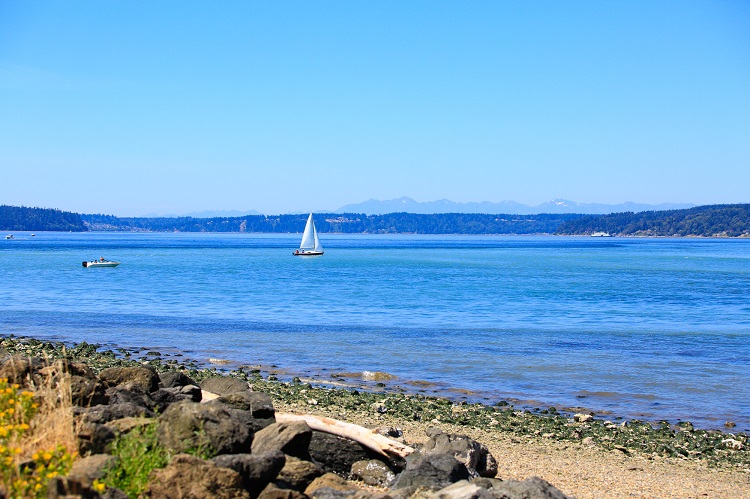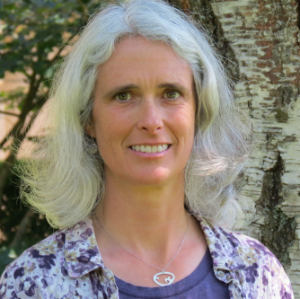Several years ago, I was lucky enough to go on a sail in Elliott Bay with Salish Sea Expeditions. One of our activities was to sample our local plankton, the tiny plants and animals that are key to the marine ecosystem. We were able to sample them with nets, then observe them in glass tubes and under microscopes for a close-up view of their intricate beauty.
I didn’t think much about the toxic chemicals in plankton at the time, but wasn’t too surprised when I saw a recent report of PFAS chemicals in plankton from 28 locations in oceans around the world. These are the chemicals used to greaseproof and stainproof paper for food packaging like microwave popcorn, textiles for carpets and furniture, to make some firefighting foams, and to make nonstick coatings like Teflon. They are used in these products in our homes, but now we know they are making their way to the open ocean.
A team of researchers from Spain and Canada took samples of plankton and seawater as they voyaged around the world on the research ship Malaspina. They analyzed the plankton and ocean water for 14 PFAS compounds, including the old-school PFAS chemicals that most U.S. companies have phased out, together with some of the new-generation PFAS chemicals.
The scientists found that PFAS chemicals are present across the globe—close to shore and in the open ocean. Surprisingly, they detected the new-generation compounds more frequently than the older ones, indicating that these newer chemicals are also global travelers and stay in the environment.
Comparing levels in the seawater with those in the plankton, the scientists were able to get information on how much each chemical concentrates, or bioaccumulates, in plankton. They were again surprised to find that some of the newer PFAS chemicals, generally believed to be less bioaccumulative, were among the compounds building up significantly in plankton.
It’s not just plankton in the open ocean we’re concerned about. In Washington, PFAS chemicals have been found in surface water in Puget Sound, Washington lakes, fish from the Columbia River and Lake Washington, and osprey eggs. The chemicals also were recently discovered in drinking water wells in two cities in Washington state.
How Do We Protect Our Health and Environment?
The good news is that Washington state is developing a plan to address these problematic chemicals. To make sure this plan really stops the flow of these toxic chemicals to our homes, bodies, and the environment, we are asking the Governor to direct agencies to do four things:
- Address the whole class of PFAS chemicals—the new-generation PFAS chemicals are too similar to the old ones to get a pass on safety.
- Act quickly to phase out PFAS chemicals in products like food papers and firefighting foam where we know there are safe alternatives.
- Address contamination of drinking water now by setting standards.
- Expand reporting on these chemicals in children’s products as part of the current update to the Children’s Safe Product Act rule.
PFAS chemicals threaten our health and environment. Washington state must show leadership and take quick action to address these harmful chemicals.
You can help! Add your name to the petition to Governor Inslee asking for quick action on non-stick chemicals.
Erika Schreder is Toxic-Free Future’s Science Director.





